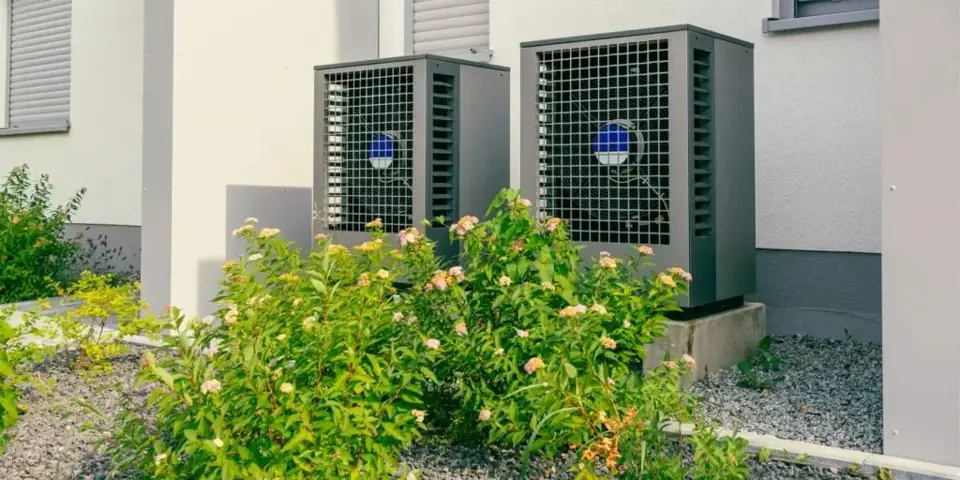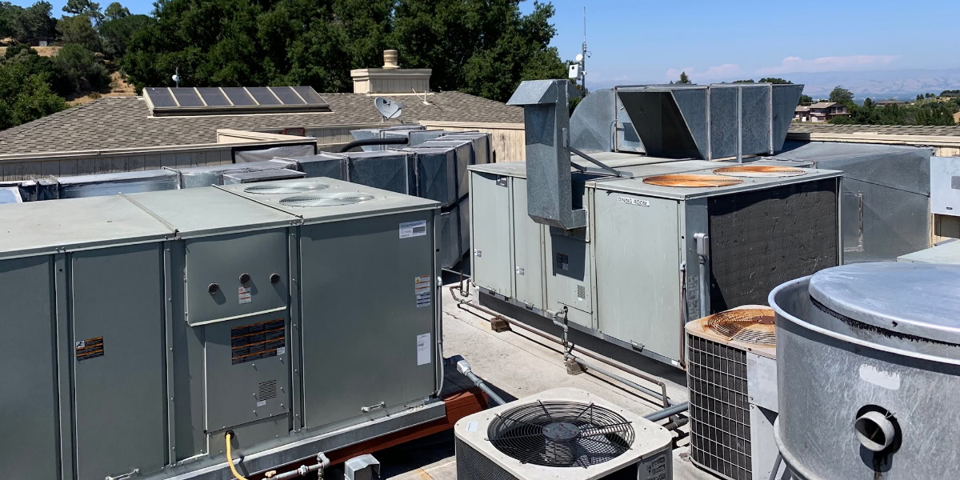As commercial buildings age, so do their HVAC systems and supporting infrastructure—including ductwork. What many building owners and facilities managers may not realize is that aging ducts can become a silent but significant source of energy loss, indoor air quality issues, and uneven heating and cooling. One of the most effective ways to identify these hidden issues is through duct pressure testing.
Duct pressure testing is a diagnostic method used to evaluate the integrity and efficiency of a building’s duct system. In older buildings, where ductwork may have been installed decades ago and subjected to wear, modifications, or neglect, this testing becomes even more critical. In this post, we’ll explore how duct pressure testing works, why it’s particularly important for older commercial buildings, and what you can learn from the results.
The Problem with Aging Ductwork
Ducts are responsible for distributing conditioned air throughout a commercial facility. Over time, these ducts can develop a range of issues, including:
- Air leaks at seams and joints
- Cracks or punctures from rodents, construction damage, or age
- Disconnected sections due to settling or vibration
- Accumulation of dust and debris that adds resistance
- Corrosion in metal ductwork, especially in humid areas
These problems can significantly reduce the efficiency of the HVAC system. Air leakage alone can cause up to 30% of conditioned air to escape before it reaches the occupied space, resulting in higher energy costs and uneven temperature control. In older commercial buildings, many of these issues go unnoticed because the ductwork is hidden behind walls or above ceilings.
What Is Duct Pressure Testing?
Duct pressure testing, also known as duct leakage testing, measures how much air is escaping from a duct system under controlled pressure. Here’s how it typically works:
- Preparation: Technicians seal off the duct system, closing all vents and registers.
- Pressurization: A calibrated fan (often called a Duct Blaster) is connected to the system and used to pressurize the ducts.
- Measurement: Sensors measure how much air is needed to maintain the set pressure. The more air needed, the leakier the system.
The results are often expressed in terms of CFM (cubic feet per minute) of leakage at a set pressure, or as a percentage of system airflow. These metrics can then be compared to industry standards (such as those from SMACNA or ASHRAE) to determine if the system is performing efficiently.
Why Older Commercial Buildings Should Be Tested
Older buildings are more susceptible to duct degradation due to their age, outdated materials, and historical lack of maintenance. Here are some key reasons why duct pressure testing is essential in these environments:
Energy Efficiency Losses
Even small duct leaks can lead to substantial energy losses. In an older commercial building, inefficiencies are often compounded by other outdated systems. A pressure test can help pinpoint where air is being lost so that targeted repairs or sealing can be performed.
Inconsistent Indoor Comfort
Uneven airflow can cause hot and cold spots in various parts of the building. This leads to discomfort for occupants and may trigger unnecessary thermostat adjustments, which in turn increase energy usage. Duct pressure testing can identify whether poor airflow is the result of leaks or blockages.
Poor Indoor Air Quality (IAQ)
Leaky ducts can draw in dust, mold spores, insulation fibers, and other contaminants from unconditioned spaces like crawl spaces or attics. These particles are then distributed throughout the building. This is particularly concerning in facilities like schools, medical buildings, and offices where occupant health is a priority.
Code Compliance and Building Certifications
Many energy efficiency standards and building certification programs (like LEED or Energy Star) require duct leakage testing as part of their assessment. Older buildings that are being retrofitted or repurposed often need to meet these standards to remain compliant or qualify for incentives.
System Longevity and Maintenance Planning
A duct pressure test gives building owners insights into the overall condition of their HVAC distribution system. Knowing whether the ducts are in poor shape helps inform whether to repair, seal, or replace them. It also aids in budgeting for future HVAC upgrades.
What Duct Testing Reveals
Duct pressure testing provides more than just a pass/fail grade. It delivers actionable data that can inform your facility management strategy. Here are some insights you can gain:
- Leak Locations: Thermal imaging and airflow readings can help identify exactly where leaks are occurring.
- System Tightness: Testing helps determine whether ducts are meeting expected airtightness levels.
- Material Degradation: Signs of rust, mold, or collapsing duct sections may come to light.
- Performance Benchmarks: Compare current readings to baseline or standard values to track performance over time.
Benefits of Remediating Duct Leaks
Once a test has been conducted, the next step is remediation. Here are some common fixes and their associated benefits:
Duct Sealing: Using mastic, foil tape, or aerosol-based solutions to seal leaks improves airflow and efficiency.
Duct Replacement: In severely degraded systems, replacing duct sections can eliminate chronic problems.
Insulation Upgrades: Wrapping ducts in proper insulation prevents heat loss/gain, especially in unconditioned spaces.
The benefits of these actions include:
- Lower monthly utility bills
- More consistent indoor temperatures
- Better air quality
- Extended HVAC equipment life
When to Schedule a Duct Pressure Test
If your commercial building is over 20 years old and hasn’t had a duct inspection in recent years, it’s a good candidate for pressure testing. Additional triggers for testing include:
- Recent spikes in energy bills
- Complaints about indoor comfort
- Poor ventilation or air quality reports
- Planned HVAC upgrades or retrofits
- Changing building use or occupancy patterns
Why Choose R & R Refrigeration for Duct Testing
At R & R Refrigeration, we specialize in diagnosing and solving HVAC inefficiencies in commercial buildings across the San Francisco Bay Area. With decades of experience, our technicians use state-of-the-art equipment to perform accurate duct pressure tests and provide clear, actionable reports.
Our process includes:
- Thorough system inspection
- Detailed pressure testing
- Precise leak detection
- Tailored recommendations
We understand the unique challenges faced by older commercial properties, from legacy infrastructure to tight budgets. That’s why we work closely with building owners, property managers, and facility engineers to deliver results that make a measurable difference.
Don’t let hidden duct leaks undermine your building’s performance. Schedule a duct pressure test with R & R Refrigeration today and uncover the savings and comfort improvements waiting behind your walls.
FAQs About Duct Pressure Testing
Most tests can be completed within a few hours, depending on the size of the building and complexity of the ductwork.
Testing is minimally invasive. Our technicians can schedule testing during off-hours to avoid disruption.
It’s a good idea to test every 5–10 years, or sooner if issues are suspected.
Yes, many utility companies offer rebates or incentives that require verified duct testing results.
Duct pressure testing identifies leaks; airflow balancing ensures even air distribution. They are complementary services often performed together.






